By Caryn James
A harrowing action film imagining a near future in which the US has descended into chaos is the year’s most controversial film so far – and the polarised response is just as interesting.
The most harrowing, visceral scene among many in Alex Garland’s Civil War takes place on the streets of Washington DC, which has become an intense combat zone. In a very near-future when seceding states are rebelling against the authoritarian US government, helicopters fly overhead and explosions hit the Lincoln Memorial. Near the White House, journalists hide from gunfire behind armoured military vehicles. Garland puts us in the centre of a stomach-churning fictional battle that feels all too real, especially in light of the real violence in the US Capitol on 6 January 2021.
Yet the heart of film is not in US politics. The dynamic plot, in fact, is more about journalists’ important role as witnesses to war. Lee, a famous photojournalist (Kirsten Dunst), begins the film already looking exhausted from covering brutal conflicts. She and Joel (Wagner Moura), a reporter, hope to interview the president (Nick Offerman), who has disbanded the FBI and ordered the military to attack ordinary citizens. In response to his regime, rebellious states have formed different alliances, including the unlikely Texas-California partnership of the so-called Western Forces.
As these reporters travel through the war-torn country from New York to DC, Garland’s point becomes clear. A young man at a gas station proudly shows Lee the writhing, bloodied bodies of two men he has hanged by their wrists. “I went to high school with him,” he says, pointing to one man. “He didn’t talk to me much.” Men in unmarked combat gear shoot at snipers in a farmhouse. “Someone’s trying to kill us. We are trying to kill them,” one of them tells Joel, who incredulously asks “And you don’t know what side they’re fighting for?” Shooting at the other side because it is the Other, killing because of xenophobia or just plain spite – that is the danger Civil War is about.
Garland has made a brilliantly executed war movie that is anti-war, a political film determined to be apolitical in its details. Most of all it is a chilling, believable warning for the US and by extension countries around the world. “It’s a film about the product of polarisation and division,” as Garland told CBS in one of many such comments. “Unless we come to our senses, our polarised, divisive, non-communicative state is going to continue.”
Garland makes the future his protagonists travel through especially unsettling and close to home, because it so deftly combines the familiar and the strange
To convey that message, Garland creates an effective if too-neat array of generations. Sammy (Stephen McKinley Henderson) fills the slot of a sage elder reporter, who warns Lee and Joel, “They shoot journalists on sight in the capitol. They consider us enemy combatants.” Yet he joins them on the trip toward DC, hoping for one last go-round. Jessie (Cailee Spaeny) a talented young aspiring photojournalist who idolises Lee, talks her way into the car too, joining the increasingly dangerous trek.
Garland makes the future they travel through especially unsettling and close to home, because it so deftly combines the familiar and the strange. Protesters on the streets of New York facing off against the New York Police Department is a recognizable scene, until the protestors are fired on by the US military. Lee and Joel’s white van with Press written on the side is what is routinely seen by US viewers in news reports from foreign wars. And it can’t be a coincidence that one scene is set at a Western Forces military base in Charlottesville, Virginia, site of a notorious 2017 white supremacist rally. The city’s name itself now bristles with political division.
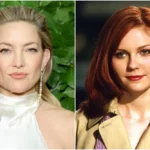
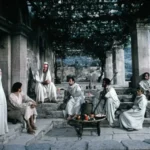
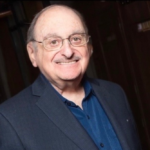

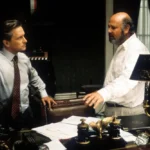

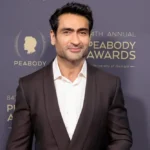

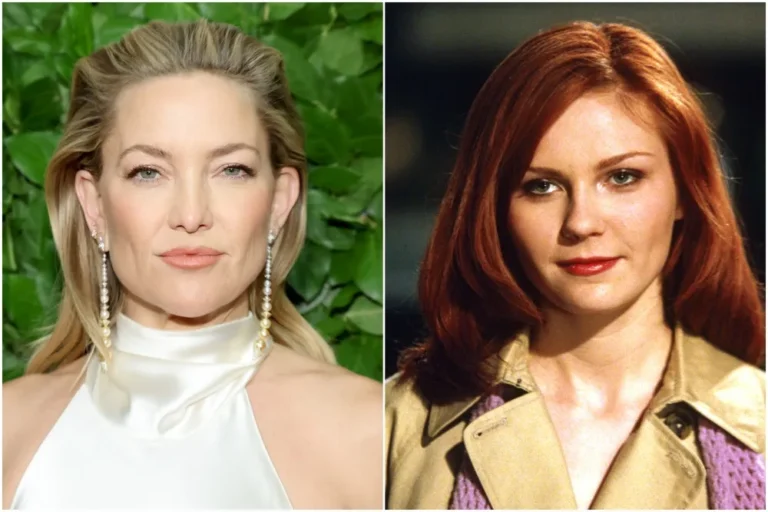
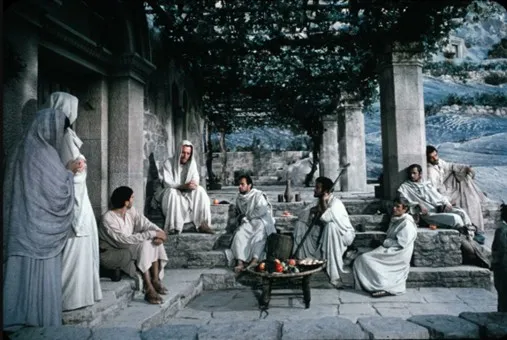
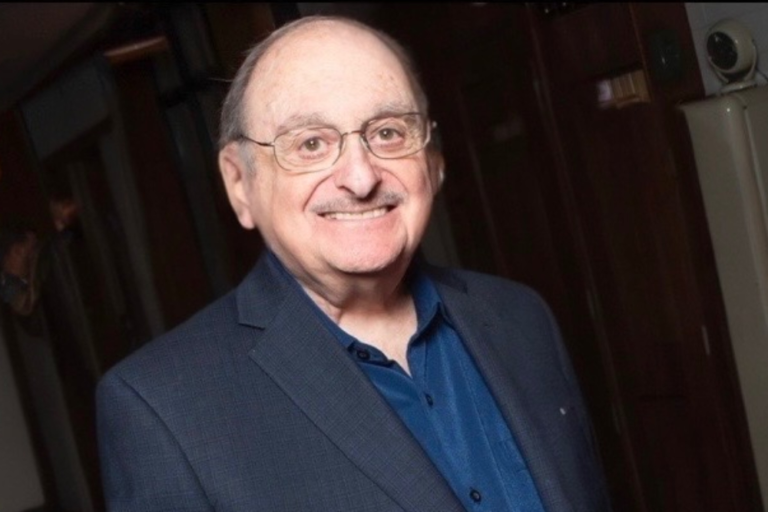


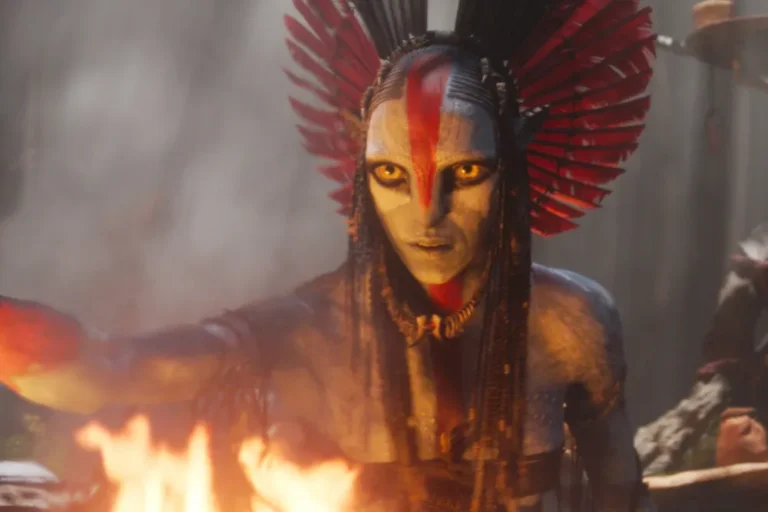
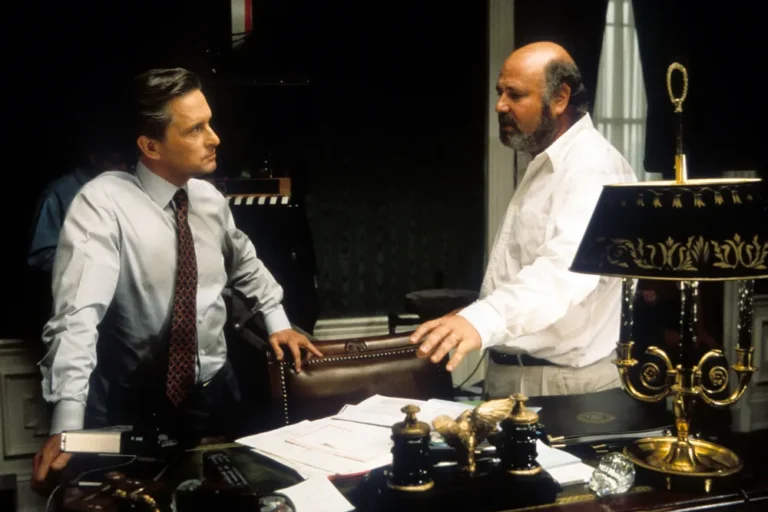
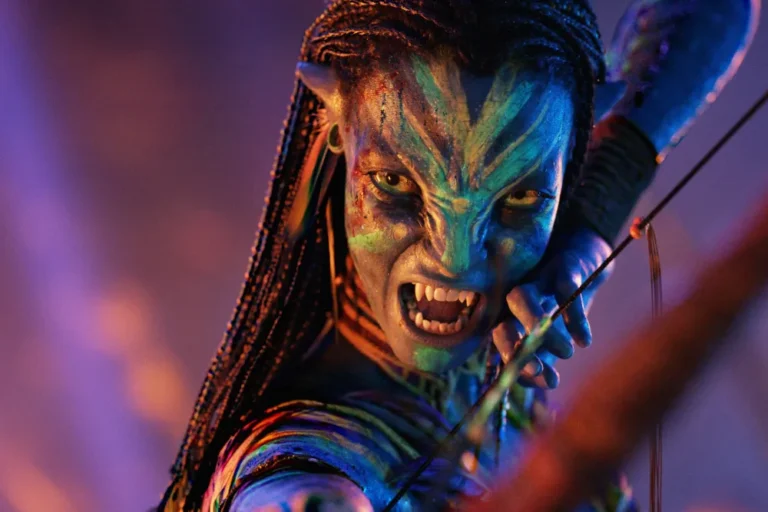
+ There are no comments
Add yours